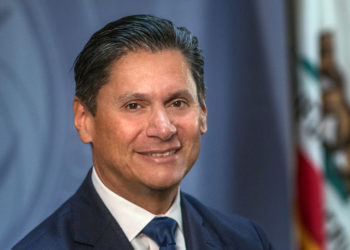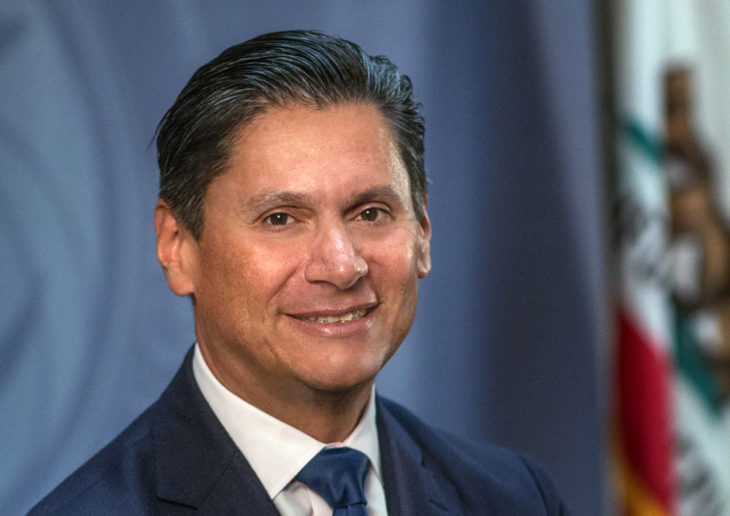
As we head toward the conclusion of another academic year, it’s important to take... Read More about Listening Tour Offers Opportunity to Discuss Vision for Success

Moving to Close Achievement Gaps and Increase Economic Opportunity with a New, Student Centered Funding Formula
“Serving the Top 100 percent” of students doesn’t just mean providing a desk and a parking space. Access is important, but it’s only part of our mission.
Once that desk is filled, we have a profound responsibility: To cultivate persistence and success in our students, so they can help build better lives for their families and communities.
To underserved populations, California’s 114 community colleges represent a path to a better income and a better life. And because we’ve always operated on the principles of equality and opportunity, we’re uniquely positioned to provide that hope for our communities.
The new funding model for the California Community Colleges, which was approved by lawmakers and the governor as part of the 2018-19 budget, takes accessibility as a jumping-off point for persistence and, ultimately, success. By moving away from a funding formula based almost entirely on “butts in seats” we are essentially affirming our confidence in the ability of our colleges to deliver on the goals outlined in our Vision for Success.
The Student Centered Funding Formula supports access to our colleges through a combination of enrollment-based funding, educational equity by targeting funds to districts serving low-income students. It supports student success by providing districts with additional resources for successful outcomes by students, especially those from low-income backgrounds.
Success metrics used in the new formula are based on students earning degrees and certificates and completing key progress milestones, such as completing transfer-level mathematics and English within their first year, transferring to a four-year institution or attaining the regional living wage within one year of leaving community college.
Currently, only four in 10 black and Latino students persist to a certificate, degree or transfer to a four-year institution within six years. With a revamped funding formula, supported by other reforms that are taking hold, we’re placing our bets on the ability of colleges to deliver the results we know they’re capable of and which all students deserve.

As we head toward the conclusion of another academic year, it’s important to take... Read More about Listening Tour Offers Opportunity to Discuss Vision for Success

Contact your legislators! That’s the message the California Community Colleges... Read More about More Financial Aid for California Community College Students Must Not Wait and You Can Help!

In March “I Can Afford College” launched two in a series of six digital-first... Read More about “I Can Afford College” Campaign’s New Latinx Youth YouTube Series